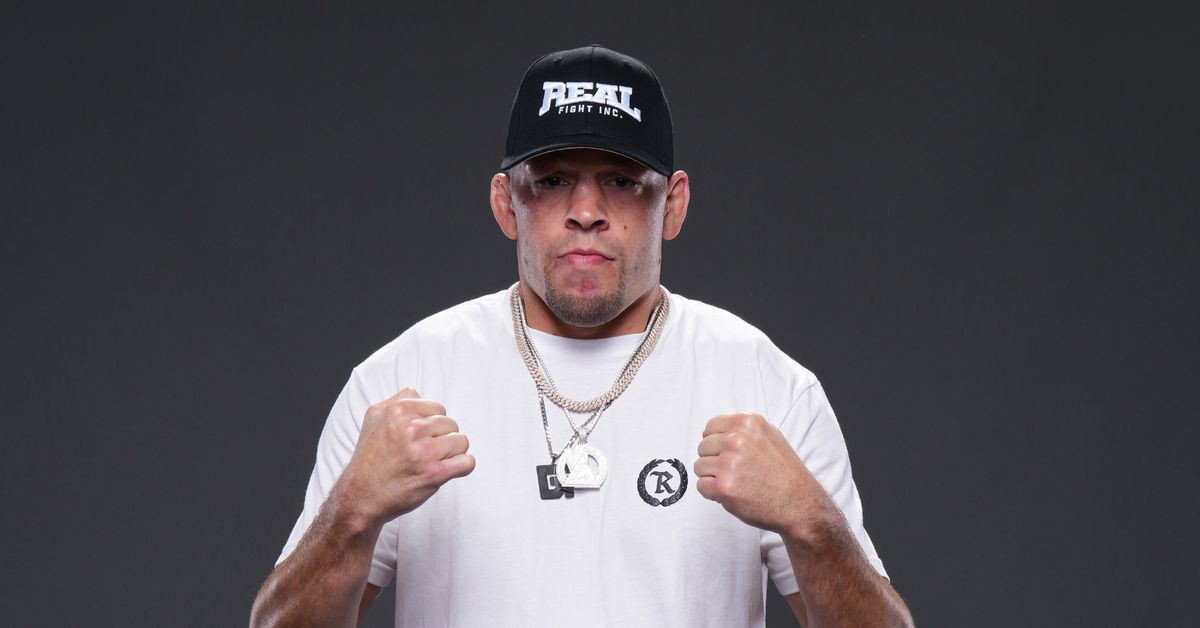[ad_1]
Researchers and clinicians who study brain trauma are deliberate in discussing their work, and grandstanding within the respected medical community is abhorred. But Nowinski, a Ph.D. in behavioral science and a co-founder of the Concussion Legacy Foundation, a nonprofit group that supports athletes and others affected by concussions and C.T.E., is uniquely suited to take on the sports establishment in public forums in ways that draw attention to ongoing brain-trauma research and create pressure for leagues to acknowledge the science.
Head Injuries and C.T.E. in Sports
The permanent damage caused by brain injuries to athletes can have devastating effects.
- C.T.E., Explained: The degenerative brain disease has come to be most often associated with N.F.L. players, but it has also been found in other athletes. Here’s what to know.
- Football Stardom’s Toll: At least four fixtures of Alabama’s great teams of the 1960s had C.T.E. at their deaths. Researchers expect it in other players, too.
- Demystifying Brain Trauma: A new study could help predict the onset of C.T.E. decline. Some former N.F.L. players have been eager to take part.
- A Hit After Another: Kathleen Bajgrowicz’s son, a former N.F.L. player, died at 38. A doctor concluded he had had C.T.E. A related settlement would have provided some solace, but even that was taken away.
“He is very serious and rigorous in the sense that I’ve never seen him make declarations that weren’t based in very real scientific results,” said Dr. Lea T. Grinberg, professor of Neurology and Pathology at the University of California, San Francisco. She said that when the earliest studies of traumatic brain injuries showed a relationship to C.T.E., the results were often disputed. “Step by step, Chris has been able to respond to the criticisms by engaging the scientific community to answer these questions.”
“He was flamboyant in the ring,” said Bruce Miller, a dementia researcher and co-founder of the Tau Consortium, “but not necessarily with the science.”
This week, in a page taken straight out of the pro wrestling handbook, Nowinski plans to challenge doctors from around the world at the International Consensus Conference on Concussion in Sport, where leading scientists and consultants to global sports leagues create recommendations for spotting and treating concussions based on emerging research.
This month, the National Institutes of Health, the world’s largest biomedical researcher and the United States’ biggest funder of brain research, responded to research for which Nowinski was a co-author, and changed its official position to acknowledge that C.T.E. “is caused in part by repeated traumatic brain injuries,” a watershed decision that is expected to have wide-ranging impact on collision sports around the world.
The N.I.H. stance comes three years after the Centers for Disease Control and Prevention concluded that there was a causal relationship between collision sports and C.T.E.
At the conference, Nowinski will make his case that head trauma causes C.T.E. as researchers write the consensus statement on the latest research on concussions, a veritable Bible for leagues, trainers, doctors and academics. The group has long held that no causal relationship has “been demonstrated between C.T.E. and concussions or exposure to contact sports.”
[ad_2]




